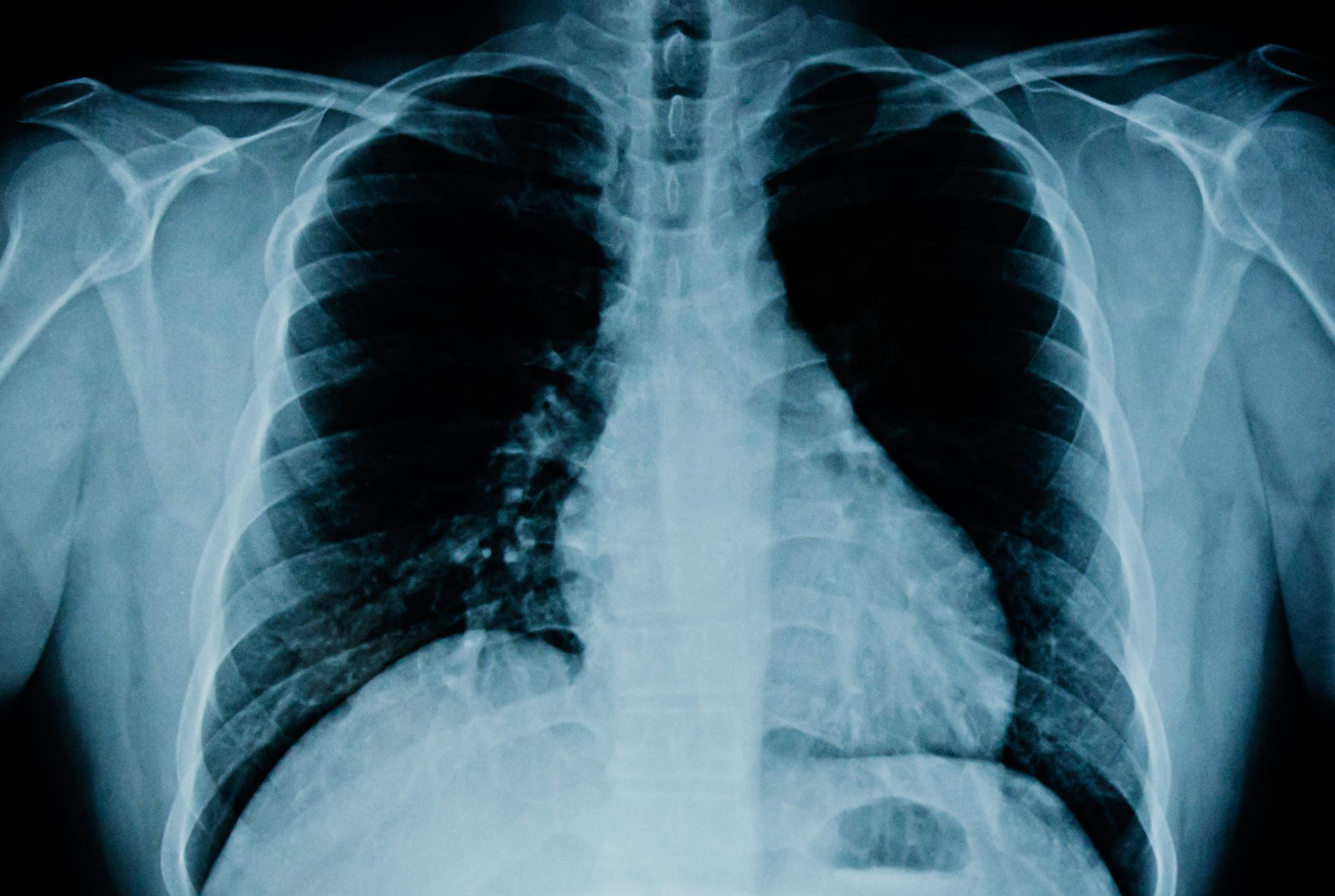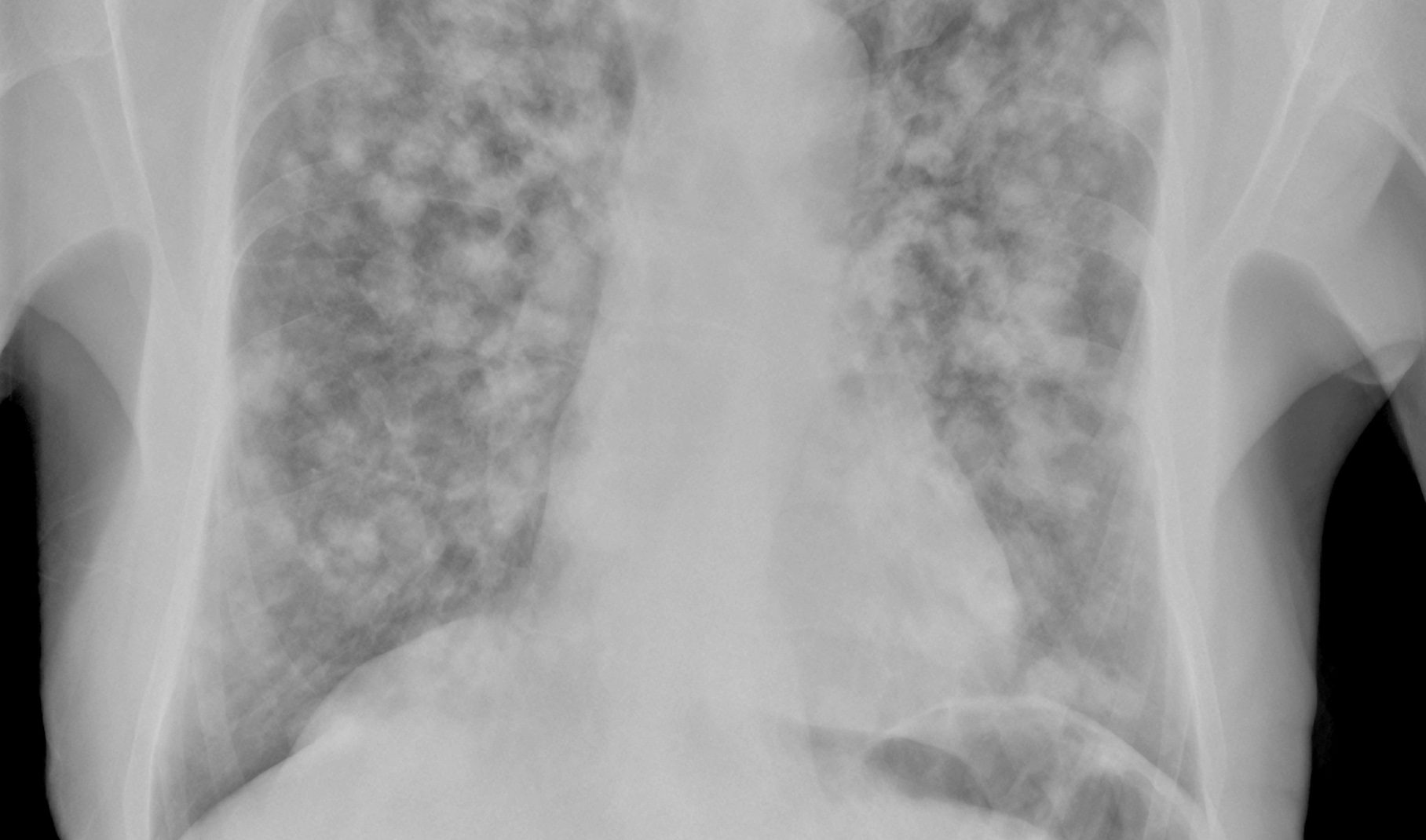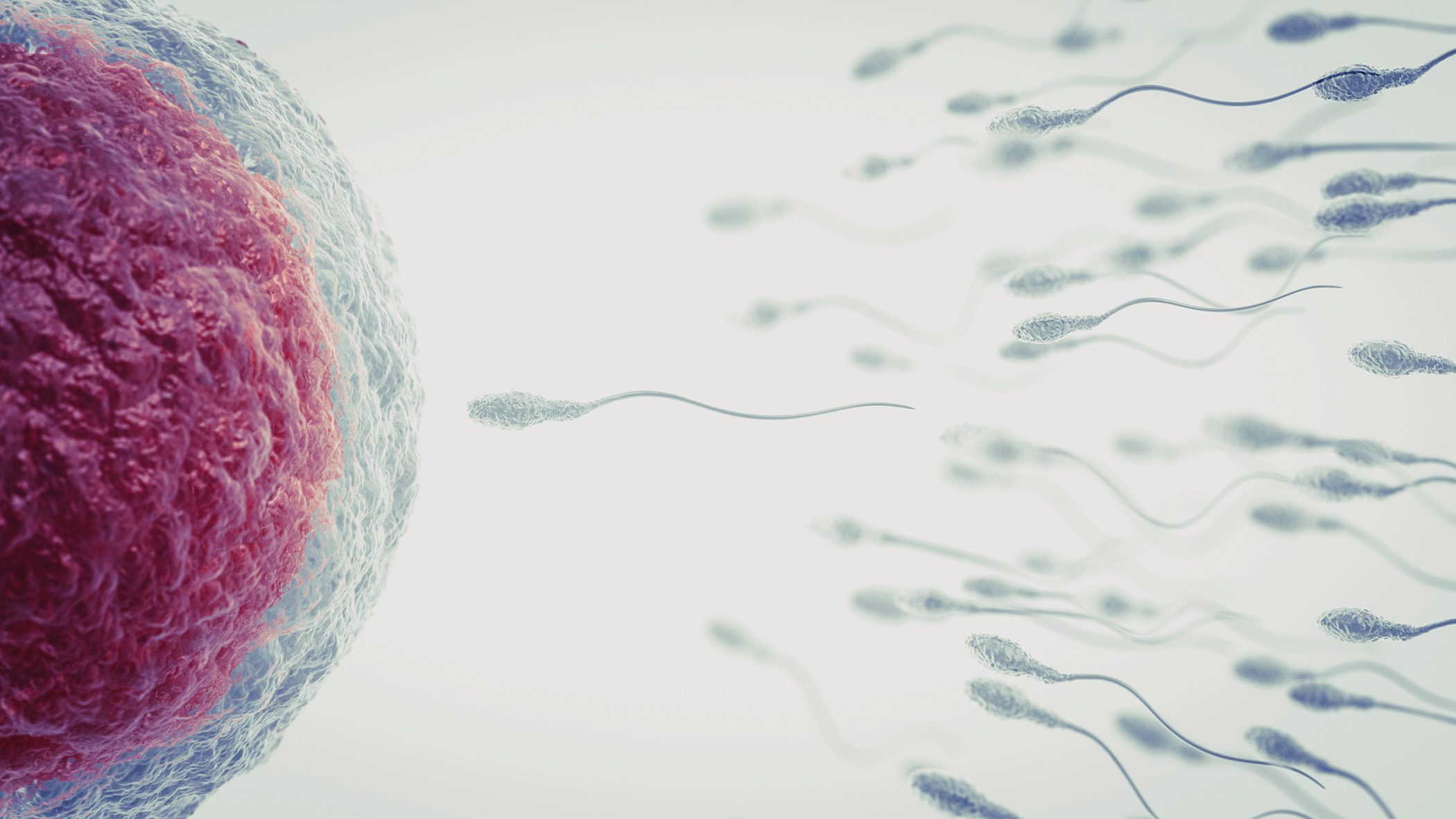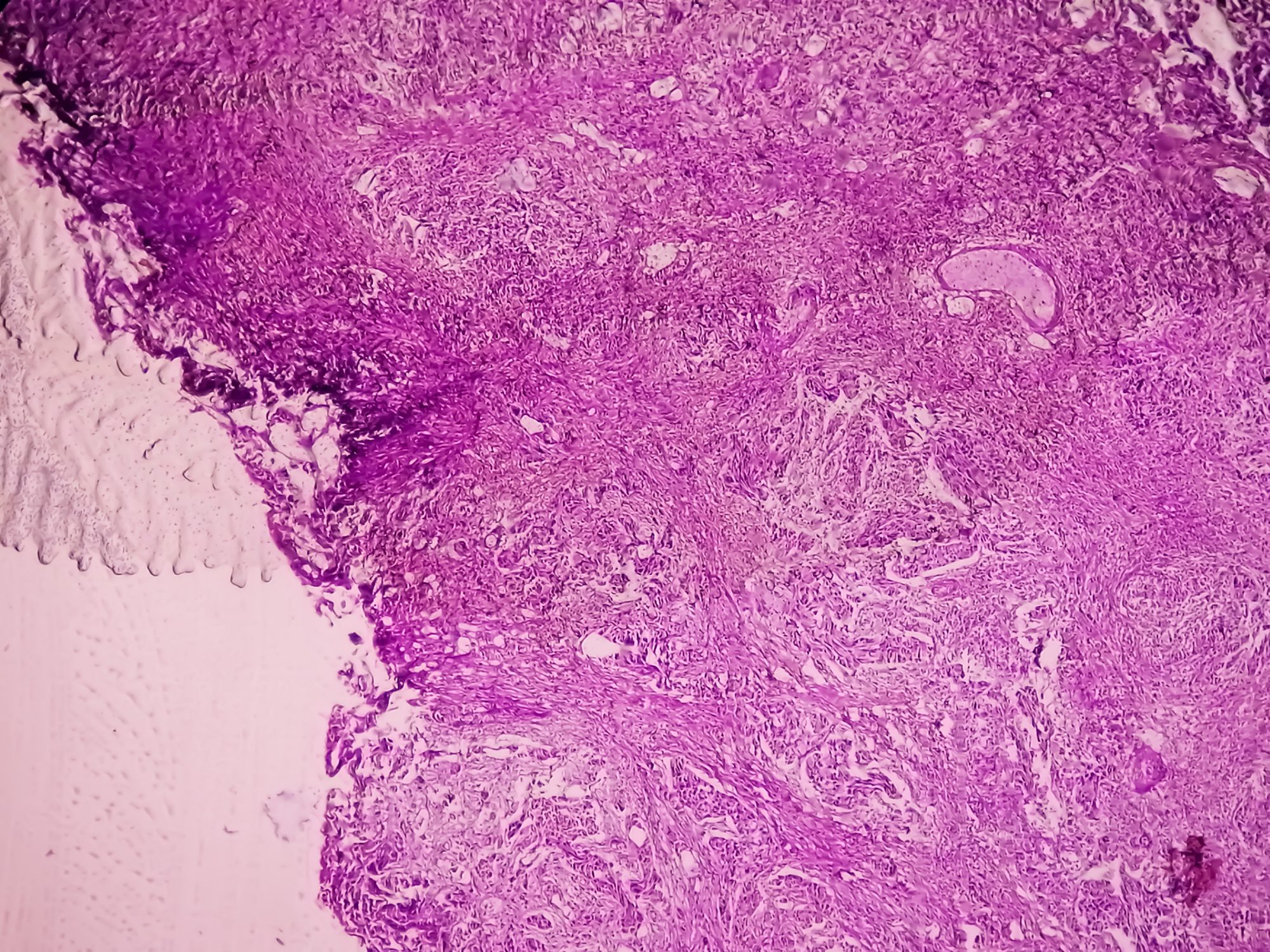Ablation for paroxysmal atrial fibrillation targets triggers in the pulmonary veins. A new mapping system allows simultaneous activation to be determined throughout the atrium simultaneously without the need for annotation to a reference signal. This also allows localization of irregular triggers and provides new therapeutic options for patients with unsuccessful pulmonary vein isolation.
Atrial fibrillation is the most common arrhythmia. Cardiologists have always wanted to treat this arrhythmia with ablation. Initially, attempts were made to achieve sinus rhythm with complex linear ablations analogous to the cardiac surgical Maze procedure. It was not until the late 1990s that it became clear that most of the triggers that cause atrial fibrillation are located in the pulmonary veins. Arrhythmogenic cells are present here, throwing the atrium into chaos [1]. If only a single pulmonary vein is active, atrial tachycardia with 1:1 conduction may result. If, on the other hand, several pulmonary veins are active at the same time, the atrium plunges into electrical chaos. Only the discovery that the pulmonary veins are the focal triggers that initiate AF made rational and targeted treatment of AF possible. The significance of this discovery is therefore immense. The first interventions were directly directed against the triggers within the veins and resulted in low success rate and serious complications such as stenosis of the pulmonary veins, etc. Therefore, segmental isolation of pulmonary veins was developed around 2000-2001 and has been applied since then [2]. This refers to the complete isolation of the pulmonary veins, i.e., the complete elimination of all electrical connections to and from the pulmonary veins. This is controlled with a circular electrode (lasso catheter). Unfortunately, however, the understanding of the causes and basis of treatment methods for atrial fibrillation has not improved significantly since then. Since the turn of the millennium, there has been no therapeutic method that has significantly improved the results of pulmonary vein isolation [3].
| Glossary Trigger: Electrically unstable cell that cannot maintain the resting potential of 80 mV and depolarizes prematurely. This triggers a rhythm disturbance. |
| Ablation: Literally “ablation”; ablate = to remove. In medicine, the selective killing of disease-causing cells. In the treatment of cardiac arrhythmias, the cells responsible are killed by means of high-frequency current (radio frequency). By eliminating (ablating) the pathogenic cells, the arrhythmia can be resolved in most cases. |
The success rate of pulmonary vein isolation in paroxysmal atrial fibrillation is around 65-90%, depending on the technique, practice, and experience of the surgeon. This success rate is at least twice as good as that of drug prophylaxis, which is 30-45% depending on studies (Amiodarone).
In patients with persistent or chronic AF, the success rate is significantly lower, especially if the left atrium is enlarged and also has active triggers. In the following article, we will go into more detail about the different techniques.
Paroxysmal atrial fibrillation
In patients with paroxysmal seizure-like atrial fibrillation, the atrium is usually still normal in size. The problem is mainly the triggers at the pulmonary veins. Therefore, the strategy of treatment is isolation of pulmonary veins. With segmental isolation of the pulmonary veins using lasso catheters and radiofrequency energy, skilled hands have had a very good chance of success for over 20 years, which is 65-90% depending on the surgeon. Treatment with radiofrequency energy is performed point by point using a 4 mm ablation catheter. It is important to check for complete isolation of the pulmonary veins with the lasso catheter. Achieving permanent and complete isolation of the pulmonary veins is not always easy and depends heavily on the experience and manual dexterity of the surgeon. Therefore, the industry has developed various technologies with the aim of simplifying and improving pulmonary vein isolation.
Different technologies for isolation of the pulmonary veins
Balloon technologies: The goal of ablation with an inflatable balloon is to completely treat the entire pulmonary vein simultaneously (single shot device). Of course, this is not always the case. The most common reason is that the tissue contact of the balloon is never equally good everywhere. Therefore, different amounts of energy are delivered to different locations, often without direct control and regulation.
Laser balloon: Energy is delivered directly to the atrial wall by means of a laser. The prerequisite is that the balloon pushes away all blood. The success rate is about 60%.
Cryoballoon: This balloon freezes the heart cells to high minus temperatures. Of course, the vein must be completely closed. This means that an icicle is formed in the vein itself, which then has to thaw on its way to the head after the balloon is released, so as not to cause blockage of the vessels. The success rate in the randomized trial is 65% at one year and 50% at three years [4].
In addition, there is the balloon with heat (RF balloon), which is used almost only in Japan. The balloon with high-frequency ultrasound was too dangerous and is therefore no longer manufactured.
Pulse field ablation (PFA): As early as the 1980s, catheter treatments were performed with strong short bursts of current from an external defibrillator, as used for electroconversion. The shocks were very effective, but could be poorly dosed. Currently, this technology has been experiencing a renaissance for many years. Short shocks are delivered via multielectrodes, i.e., many electrodes around the pulmonary veins simultaneously. Since there is usually only one energy source, which is then distributed to many different electrodes, the current flows only at the point of lowest resistance. The dosage of the amount of energy that should arrive at the individual electrodes therefore remains difficult. Long-term studies with success rates are currently lacking.
Radio frequency energy: This form of energy has been used since the 1990s because it can be titrated up to the desired effect depending on temperature and power. Ablation with radiofrequency energy has also been modified in recent years. Cooled catheters have been developed which reduce the risk of overheating. In addition, a pressure sensor has also been integrated into the tip, which measures the contact pressure on the tissue. In this way, the surgeon knows the pressure with which the catheter must be pressed against the heart wall. Randomized trials showed that there was an increased success rate with better contact pressure. However, in the only randomized trial, no difference was found regarding the success rate [5]. On the contrary, it is shown that in about one third of the operators a good contact pressure is never achieved and in another third a good contact pressure is always present (Fig. 2) [5]. Thus, success seems to depend more on the individual operator than on the technical equipment. This also seems intuitively understandable when looking at the very good success rates of radiofrequency ablation in arrhythmias such as AV nodal tachycardia, WPW or atrial flutter. Here, it is not the choice of energy or catheter that determines success, but only the characteristics of the measurement signals and the operator. Thus, it can be assumed that even in atrial fibrillation ablation, the discussion about the right form of energy will fade into the background over time.
Problems with atrial fibrillation ablation
Recurrence: A common reason for recurrence of AF after primary successful ablation is reconnection of the pulmonary veins. This may occur similarly to when a peripheral cutaneous nerve is severed through a surgical incision and therefore there is numbness. This feeling may return after a few months or years as the nerve grows back. Thus, the electrical connection can also grow back at the pulmonary vein. In this case, repeat ablation to re-isolate the pulmonary vein is goal-directed. However, it is worthwhile not always to consider the pulmonary veins as the sole trigger. It may also be that extrapulmonary triggers lead to recurrences, for example, at the superior vena cava, coronary sinus, crista terminalis, or other sites anywhere in the left atrium. More complicated techniques are required to localize and successfully obliterate them, as these arrhythmias are highly irregular and cannot be annotated against a reference. In patients with persistent atrial fibrillation and enlarged atrium, such extrapulmonary triggers are much more frequent than in paroxysmal atrial fibrillation because the entire atrium is diseased.
Persistent atrial fibrillation with enlarged atrium
Patients with persistent atrial fibrillation require electroconversion to return to sinus rhythm. Frequently, the causative factor here is not a problem of the pulmonary veins alone, but also extrapulmonary triggers. The atria are usually enlarged, and the normal atrial myocardium is replaced by fibrotic tissue, increasing the arrhythmogenic potential in the atrium. Such patients often also develop heart failure because they are constantly in rhythm disturbance. Irregular filling of the heart also damages the ventricular myocardium with duration and may worsen the prognosis. Radiofrequency ablation has a prognostically favorable effect here compared with antiarrhythmic drugs (Amiodarone), as shown in several randomized trials. For successful radiofrequency ablation in chronic atrial fibrillation, isolation of the pulmonary veins is certainly an important component. In addition, extrapulmonary triggers must also be localized and treated.
Empirical ablation strategies with linear ablations between the superior pulmonary veins (roof line) or toward the mitral valve (mitral isthmus line) did not provide benefit in a large randomized trial. Empirical ablation of complex electrograms also did not add benefit in this study [3]. Rather, it seems necessary to look for the location of triggers individually in each patient.
Mapping of irregular arrhythmias and atrial fibrillation.
Because atrial fibrillation is an irregular rhythm disorder, conventional contact mapping with annotation of the signals in relation to a reference signal cannot work. Instead, simultaneous analysis of electrical excitation throughout the atrium must be performed to find triggers with focal activity and centrifugal propagation. Regions with locally irregular excitation propagation, excitation delay, and re-induction of ciliated waves can also be identified in this way. Most often, these regions are repetitively present in the same location during atrial fibrillation, flutter, and high-frequency pacing. To determine these triggers, a novel mapping system was developed (ACUTUS) that localizes the electrical charge at the heart wall (Coulomb). This allows a higher resolution than when the electric field (potential, millivolts) is analyzed directly [6]. The electric field spreads throughout the entire body and is therefore determined everywhere by the entire heart chamber, which overlays the local information (far field effect). By determining the electrical charge densities, a higher resolution with less far field effect is therefore possible. This novel mapping system is purely diagnostic; the conventional ablation electrode is used for ablation. This does not increase the risk for the patient. In patients who continue to have arrhythmias despite isolation of the pulmonary veins, experience has shown that an individual strategy with localization and ablation of the extrapulmonary triggers is necessary. The type of ablation energy is rather incidental. The main thing is to unload in the right place. This is similar to the other arrhythmias such as AV nodal tachycardia, WPW, etc.
Risks of atrial fibrillation ablation
The risk of atrial fibrillation ablation for serious complications should be less than 1% in skilled hands. The most dangerous is certainly embolism, so prior transesophageal echocardiography is recommended to exclude thrombi and blood thinning during the intervention with heparin so that an ACT of more than 250-350 seconds is achieved. The risk of pericardial hemorrhage is also less than 1% in skilled hands. The most common is certainly inguinal hemorrhage, where larger hematomas can occur due to anticoagulation, but which almost always resorb spontaneously. The incidence of AV fistula, aneurysm spurium, or other complications requiring surgery is also low. In addition, very rare but described complications with diaphragmatic paralysis or esophageal fistula, injury to the heart valves, etc. should be mentioned. Nota bene such complications occur with all forms of energy, with varying frequency. Diaphragmatic paralysis is slightly more common with cryoballoon, esophageal fistula more common with high contact pressure radiofrequency, and emboli possibly slightly more common after balloon occlusion of the veins.
Treatment after ablation: Especially after ablation of chronic atrial fibrillation, it is very important that the patient is kept in sinus rhythm for a certain time. Only in this way can remodeling take place and the atrium return to normal with respect to its electrical properties such as conduction times, refractory periods, etc. Thus, electroconversion and antiarrhythmic treatment may well be necessary in the first weeks and months after ablation. If in the course the atrium regains mechanical contraction and has decreased somewhat in size, it can be assumed that electrical remodeling has occurred simultaneously with mechanical remodeling. Then the rhythm in the atrium is usually more stable and the antiarrhythmic drugs can be stopped. It is also important that optimal control of blood pressure values in the atrium is performed during the course. Increased atrial pressure prevents the atrium from becoming smaller again and makes remodeling more difficult. The filling pressure of the heart and thus the atrial pressure correlates with the diastolic blood pressure, which should ideally be <80 mmHg.
Risk of embolism after ablation: The question arises again and again whether anticoagulation must be continued after radiofrequency ablation of atrial fibrillation. There are no randomized trials demonstrating a protective effect of ablation with respect to embolic risk. On the other hand, it must be said that such a study can also never be conducted because no patients can be randomized for it. On the other hand, there are large registries with many 1000 patients from many different hospitals that document a very low risk of embolism after successful radiofrequency ablation. Most often, such embolisms occur in the first weeks to a maximum of three months after the intervention. Thus, in patients who have only, for example, sex or age as a risk factor and have normal-sized atria, anticoagulation can probably be stopped even though the CHA2DS2-VASc score is two points. However, in patients with a higher risk of embolism, especially after TIA etc., i.e. if an embolism has already occurred once, anticoagulation should definitely be continued for life. Alternatively, at the same time as radiofrequency ablation of atrial fibrillation, it is recommended to close the atrial tube. This procedure is no longer risky in skilled hands, prolongs the procedure by perhaps 20 minutes, and subsequently provides permanent embolic protection from the atrial tube. Of course, such therapy recommendations must always be discussed on a case-by-case basis and cannot be generalized.
Take-Home Messages
- Ablation for paroxysmal atrial fibrillation targets triggers in the pulmonary veins.
- The choice of energy is secondary; the important thing is that the pulmonary veins are permanently isolated.
- In persistent atrial fibrillation, triggers are often present in the left atrium in addition to the pulmonary veins. Isolation of the pulmonary veins alone therefore has a lower success rate.
- A new mapping system allows simultaneous activation to be determined throughout the atrium simultaneously without the need for annotation to a reference signal. This can also be used to localize irregular triggers, e.g. in atrial fibrillation. This provides new therapeutic options for patients with unsuccessful isolation of the pulmonary veins.
Literature:
- Haïssaguerre M, et al: Spontaneous Initiation of Atrial Fibrillation by Ectopic Beats Originating in the Pulmonary Veins. N Engl J Med 1998; 339: 659-666; DOI: 10.1056/NEJM199809033391003.
- Oral H, et al: Segmental Ostial Ablation to Isolate the Pulmonary Veins During Atrial Fibrillation. Feasibility and Mechanistic Insights. Circulation 2002; 106:1256-1262; https://doi.org/10.1161/01.CIR.0000027821.55835.00.
- Verma A, et al: Approaches to Catheter Ablation for Persistent Atrial Fibrillation. N Engl J Med 2015; 372: 1812-1822; DOI: 10.1056/NEJMoa1408288.
- Kuck KH, et al: Cryoballoon or radiofrequency ablation for paroxysmal atrial fibrillation. N Engl J Med 2016; 374: 2235-2245; DOI: 10.1056/NEJMoa1602014.
- Reddy VY, et al: Randomized, Controlled Trial of the Safety and Effectiveness of a Contact Force-Sensing Irrigated Catheter for Ablation of Paroxysmal Atrial Fibrillation. Results of the TactiCath Contact Force Ablation Catheter Study for Atrial Fibrillation (TOCCASTAR) Study. Circulation 2015; 132: 907-915; https://doi.org/10.1161/CIRCULATIONAHA.114.014092.
- Grace A, et al: High-resolution noncontact charge-density mapping of endocardial activation. JCI Insight 2019 Mar 21; 4(6): e126422; DOI: 10.1172/jci.insight.126422.
CARDIOVASC 2023; 22(3): 5-9















